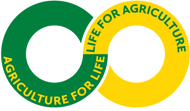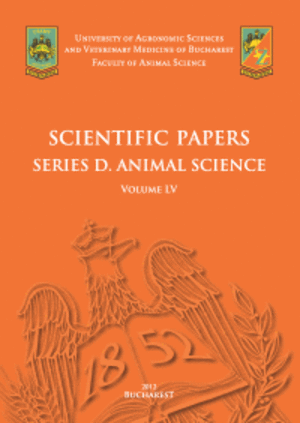Published in Scientific Papers. Series B, Horticulture, Vol. LXVIV, Issue 1
Written by Victoria ARTEM, Cristina CIOBANU, Arina Oana ANTOCE, Ancuța NECHITA, Georgeta TUDOR
The valorisation of phenolic compounds from grape pomace continues to remain a challenge, but also an opportunity to promote sustainable practices in wine industry. The objective of this study was to evaluate the phenolic potential of the red wine fermented-pomace obtained during 2023 harvest from the Fetească Neagră and Cabernet Sauvignon varieties from three renowned Romanian vineyards: Murfatlar, Dealu Mare and Iaşi. The extraction method used was the classical solid-liquid method, that is the maceration of the pomace at ambient temperature for 24 hours, with discontinuous stirring. As extraction solutions there were used mixtures of ethyl alcohol and water in different concentrations: 25%, 50%, and 75% v./v. The polyphenolic content of the resulting extracts was evaluated by UV-VIS spectrophotometric determinations: total polyphenols (g GAE/L), anthocyanins content (mg/100 g grape pomace, colour intensity and antioxidant activity (DPPH%). A series of phenolic indices, such as the total polyphenol index and the Folin-Ciocalteu index, were also calculated. The obtained results highlighted that many factors influence the extraction process. The highest values for extracted polyphenols were recorded for the 50% hydroalcoholic solution, but also significant differences were induced by the grape variety and the viticultural terroir. The values obtained for the total phenolic compounds content fluctuated in the range of 7.1-31.9 g GAE/L and between 253-798 mg/100 g in the case of anthocyanin pigments. All phenolic extracts presented high antioxidant activity, confirming that they can be used as cheap and easily available sources of bioactive compounds for the pharmaceutical, cosmetic and food industries.
[Read full article] [Citation]




